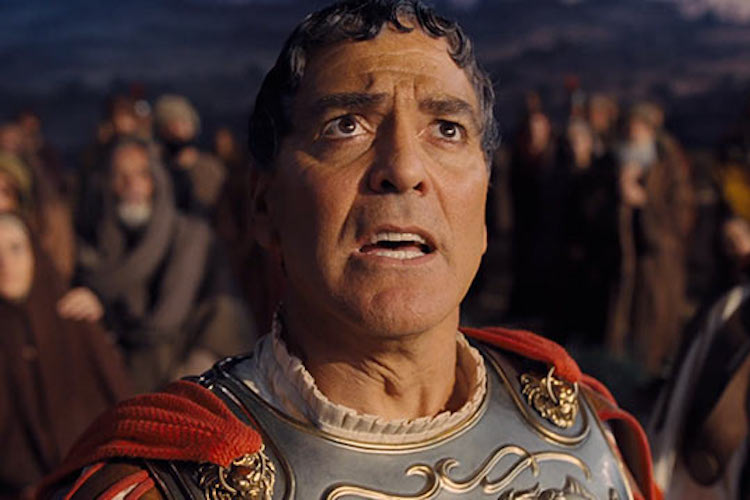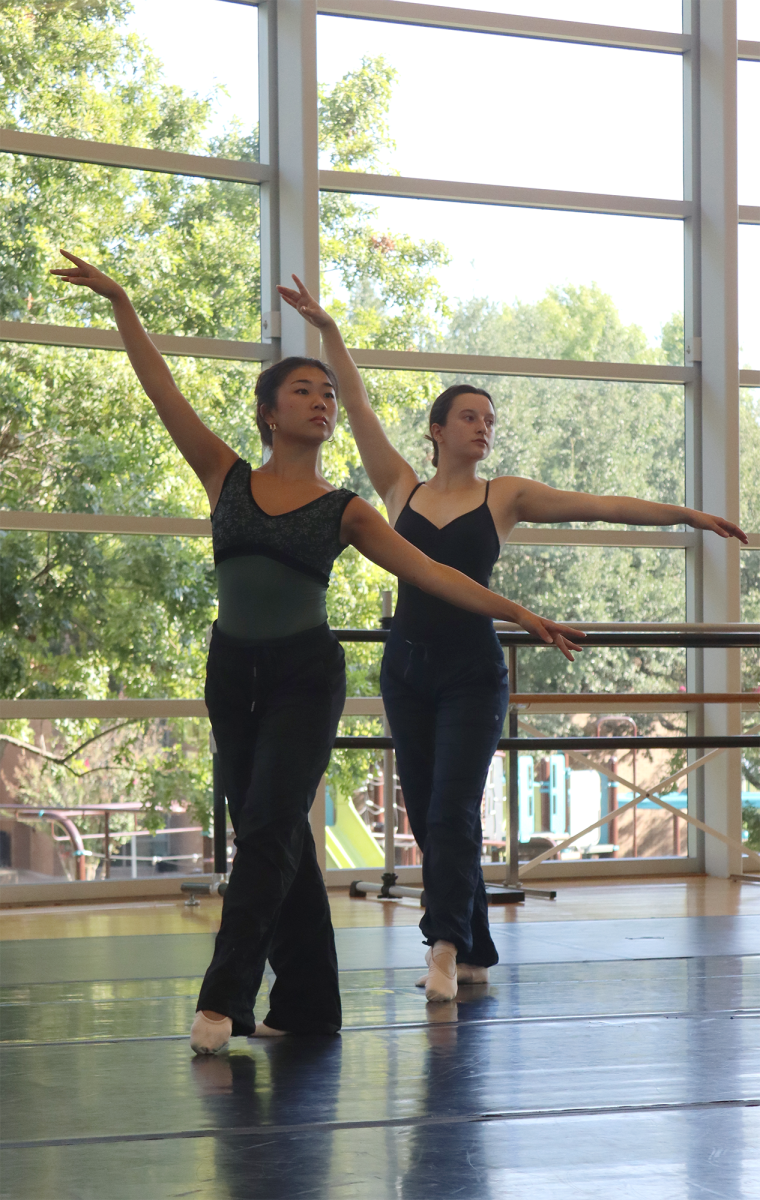The story-within-a-story subgenre is tricky to pull off, but can be enormously rewarding and refreshing when done right. But unfortunately, the Coen brothers’ new film, “Hail, Caesar!” barely fits the bill.
“Hail, Caesar!” follows studio “fixer” Ed Mannix (Josh Brolin) managing the scenes of Capitol Pictures in post-World War II Hollywood. When well-intentioned-but-airheaded actor Baird Whitlock (George Clooney), the star of Hail, Caesar (the film within the film), goes missing, it’s up to Mannix to find Whitlock and save the day.
While it’s a signature Coen brothers style to develop the plot loosely, their trademark falls flat here. What could have been a clean, sharp movie was instead bogged down by numerous sub-plots, and in fact, the whole movie seemed like an amalgam of smaller bits and pieces, rather than an interconnected whole.
And it’s rather unfortunate, too—phenomenal actors like Scarlett Johansson, Tilda Swinton and Ralph Fiennes stud the bill, but what’s the point of casting them if they aren’t given enough material to exercise their acting chops?
This problem of continuity remained throughout the film, and quite frankly, made the “plot”—if you could even call it that—quite hard to follow. In the interest of full disclosure, I will say this: I fell asleep halfway through the movie—only for 10 minutes! Granted, this may have been due to the movie starting at 9:45 p.m. (well past my bedtime), but I believe that it was due to the overwhelming lack of organization and cohesiveness. Instead of following a film of sharp dialogue and fast paced scenes, I basically paid $10 to fall asleep in a dim, warm theater.
Perhaps the larger narrative was a bit messy, but the more minute details of Caesar truly indicate the well attributed talent of the Coens. Whimsical storytelling is a main component of the film and creates genuinely interesting subplots, like DeeAnna Moran’s (Scarlett Johansson) accidental pregnancy, Hobie Doyle’s (Alden Ehrenreich) foray from the western countryside to the silver screen and Burt Gurney’s (Channing Tatum) flirtation with “The Future”—see the movie, and you’ll find out for yourself.
Additionally, what would a movie about Hollywood be without the color and pizzazz of its real life counterpart? The Coens spare no details of ornamental and exquisite particulars; for example, richly colored silk dresses, lavishly built movie sets within the film and synchronized swimmers all work together to create a visually appealing motion picture.
Furthermore, it’s undeniable that the superstar bill of actors paid off—from leading roles to bit pieces, every part was acted to its fullest, creating the most believable characters in the most unbelievable situations. Clooney is a startling facsimile for the daffy Whitlock, and even relative newcomer Ehrenreich’s performance was outstanding, unabashedly sweet and genuine.
And though not billed as a comedic movie, Caesar is sharply and subtly funny, gaining laughs consistently throughout the movie. Most notable is a scene in which Mannix calls in a variety of religious figures (from a priest to a rabbi) to discuss if a “reasonable American” will find the religious tones of the Hail, Caesar film offensive. The ensuing talk of God and His existence is a far cry from derivative and boring.
While “Hail, Caesar!” might take the slow route—and not without a few storyline U-turns and roundabouts—to get to its (quite) whimsical destination, the visual composition and the dry wit of the film could potentially make up for the sluggish journey.













